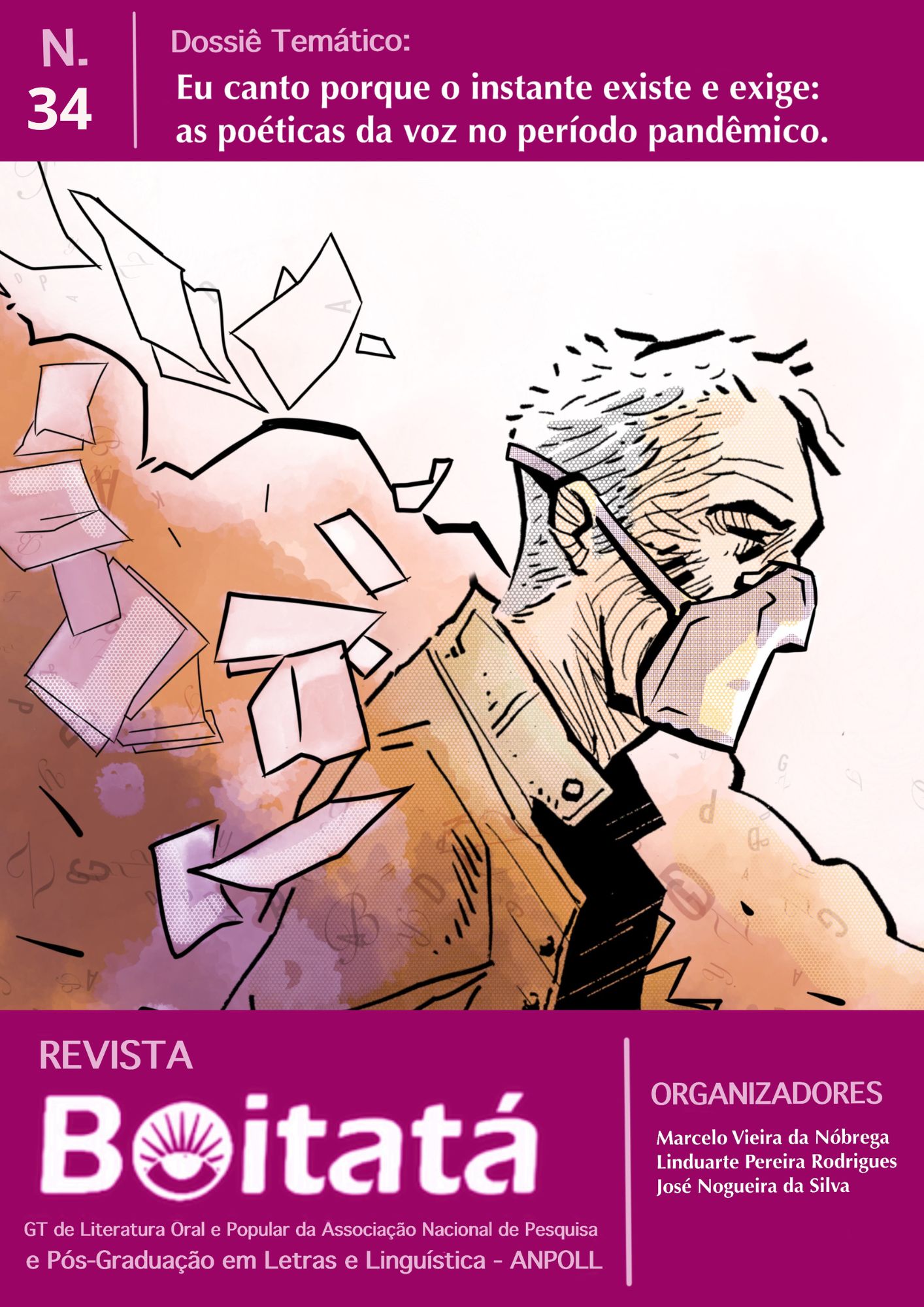Nova York, Liverpool, Belo Horizonte
Três ruas, três canções
DOI:
https://doi.org/10.5433/boitata.2022v17.e47673Abstract
The street where basic life experiences and rites of passage took place, along the younger years, is usually recreated in memory as a mythical place, inhabited by exemplary characters, recalled with intense affection. This article addresses this phenomenon through the analysis of three songs about three streets located in three different countries, at a time of many changes in the Western world and its sphere of influence: the 1960's. "Bleecker Street", by Simon & Garfunkel, remembers the atmosphere of Greenwich Village, a New York bohemian area closely associated to artistic and cultural movements throughout the first half of that decade. "Penny Lane", by Lennon & McCartney, is about the childhood and adolescence years of the members of the Beatles on the street they always had to take in their wanderings through the city of Liverpool, and displays their memories of that time of their lives. It was composed by the end of the 1960's and is marked by the experiences the band was then carrying out. "Rua Ramalhete", on the other hand, was created in the 1970's as a nostalgic remembrance of the previous decade, which had a huge impact on the biography of its composers. Last but not least, there is a reflection on the transformation of these streets into tourist attractions due to the well-known songs that celebrated them.
Downloads
References
BANDEIRA, M. Estrela da vida inteira. Rio de Janeiro: José Olympio, 1970.
BLEECKER, Street. Intérpretes e Compositores: Paul Simon e Art Garfunkel. Nova York: Columbia Records, [1964]. 1 disco.
EHRLICH, B. The windy story of Penny Lane: The Beatles, the slave trade and a now-resolved controversy. Rolling Stone, [S. l.] 22 jun. 2020. Disponível em: https://www.rollingstone.com/music/music-features/penny-lane-beatles-slave-trade-1017377/. Acesso em: 28 fev. 2023.
HOBSBAWM, E.; RANGER, T. A invenção das tradições. Rio de Janeiro: Paz e Terra, 1997.
LIGHT, D. Tourism and toponymy: Commodifying and consuming place names. Tourism Geographies, London, v. 16, n. 1, p. 141-156, 2014.
MACDONALD, I. Revolution in the head: The Beatles' records and the sixties. Londres: Pimlico, 2005.
MURAKAMI, H. Do que eu falo quando eu falo de corrida. Rio de Janeiro: Alfaguara, 2012.
NAVARRO, Paulo. Rua ramalhete. O Tempo, [s. l.], 7 jul. 2018. Disponível em: https://www.otempo.com.br/opiniao/dolce-vita/rua-ramalhete-1.1997033. Acesso em: 1 mar. 2023.
PENNY Lane. Intérprete: The Beatles. Compositor: Paul McCartney. London: Abbey Road Studios, 1967. 1 disco.
RUA Ramalhete. Intérprete: Tavito. Compositor: Tavito e Azambuja. Belo Horizonte: EMI-Odeon, 1979. 1 disco (3min:55)
ZUMTHOR, Paul. Tradição e esquecimento. São Paulo: Hucitec, 1997.
Downloads
Published
How to Cite
Issue
Section
License
Copyright (c) 2022 Adriano de Paula Rabelo

This work is licensed under a Creative Commons Attribution 4.0 International License.
Boitatá esta licenciada com CC BY sob essa licença é possível: Compartilhar - copiar e redistribuir o material em qualquer suporte ou formato. Adaptar - remixar, transformar, e criar a partir do material, atribuindo o devido crédito e prover um link para a licença e indicar se mudanças foram feitas.






















